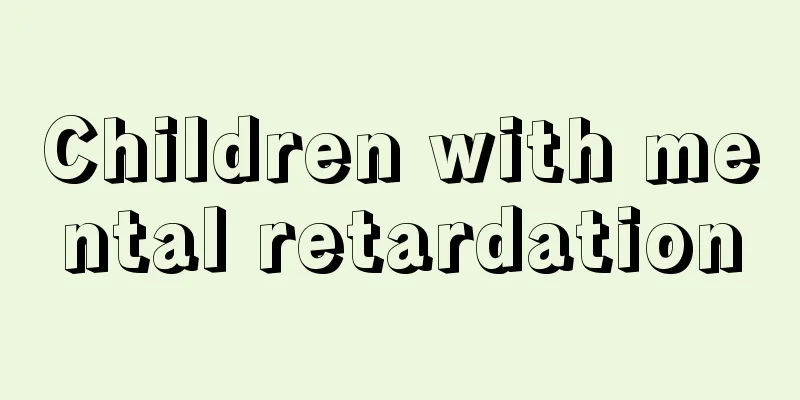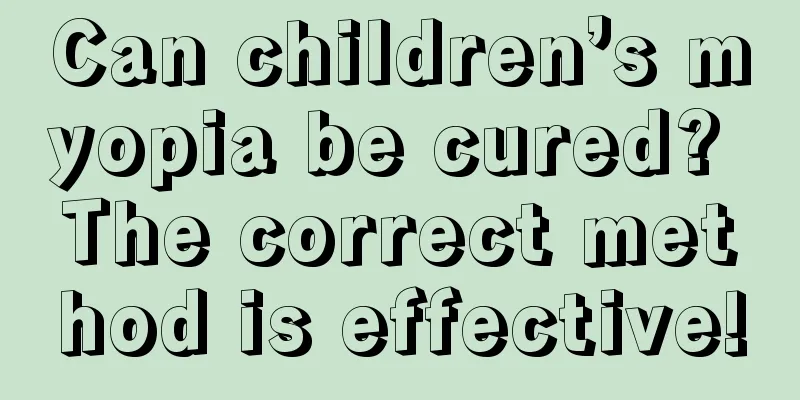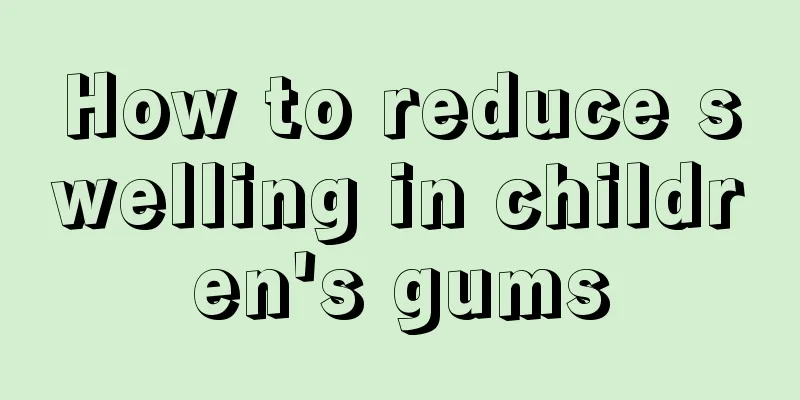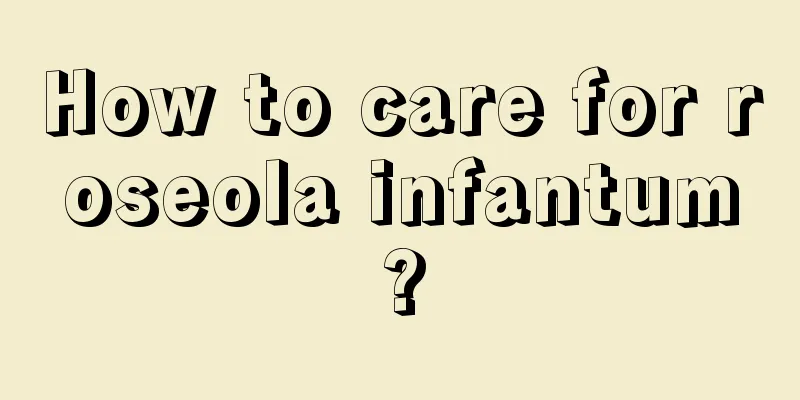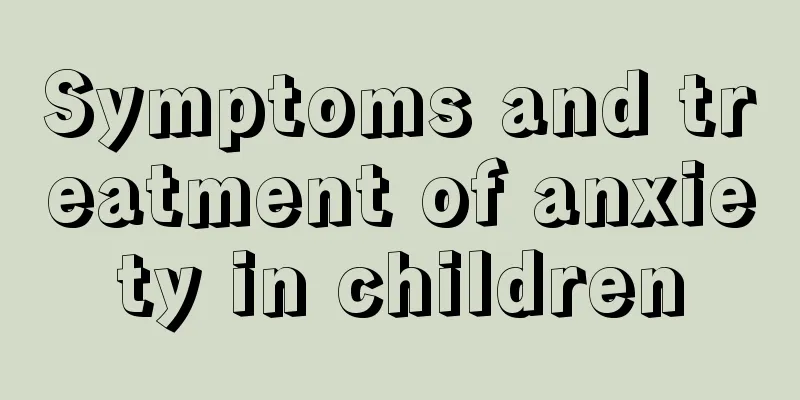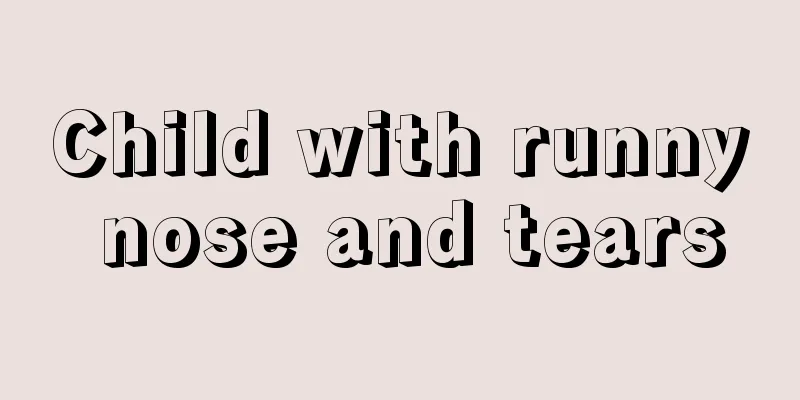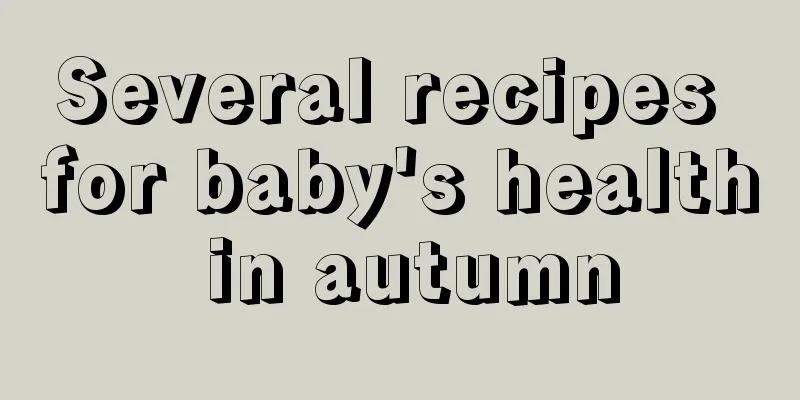What are the symptoms of fever and convulsions in children?
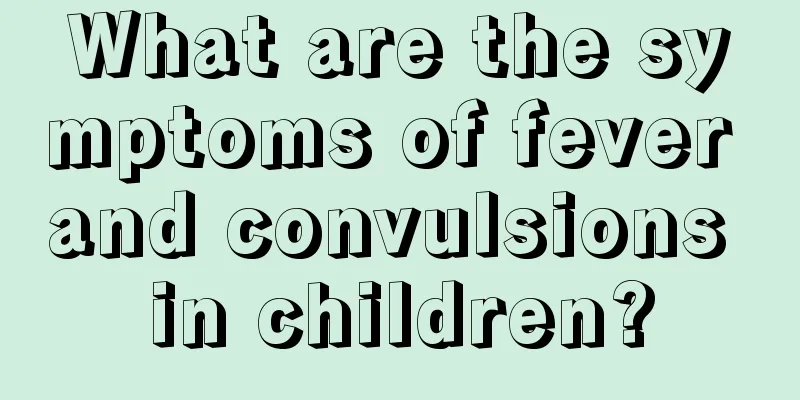
|
If a child has convulsions, the problem is still very serious. Generally speaking, high fever convulsions are a common cause of convulsions. So what are the symptoms of fever convulsions in children? When a child becomes ill, it is still necessary to detect it in time, so that according to the child’s specific condition, cooperate with the doctor for diagnosis and treatment, and adopt appropriate first aid measures during the attack to avoid harm. Febrile seizures It is common in children between 6 months and 4 years old. Convulsions usually occur in the early stage of fever and are short-lived. It is rare for multiple seizures to occur consecutively during a single febrile illness. It often occurs within 12 hours of fever. Consciousness recovers quickly after the attack, and there are no positive neurological signs. The EEG returns to normal one week after the fever subsides. This is a simple febrile convulsion with a good prognosis. The onset age of complex febrile seizures is uncertain, often occurring before 6 months or after 6 years of age. Initially, it is a high fever seizure. After several seizures, convulsions may occur with low fever or even without fever. Sometimes, the seizures occur repeatedly, and each seizure lasts longer, more than 15 minutes. The EEG examination is still abnormal 2 weeks after the seizure, and the prognosis is poor. The probability of developing epilepsy is 15% to 30%. Seizures A few people may have signs before an attack: extreme irritability or "startling" from time to time, mental tension; frightened expression, sudden increase in muscle tension in the limbs; sudden rapid, paused or irregular breathing; sudden rise in body temperature, drastic change in complexion; pupils of different sizes; and uneven edges. Typical manifestations are sudden onset, loss of consciousness, head tilted back, fixed upward or squinting eyes, foaming at the mouth, clenched jaws, and clonic or tonic convulsions of the facial or limb muscles. In severe cases, neck stiffness, opisthotonos, irregular breathing, cyanosis, or incontinence may occur. The duration may be from a few seconds to several minutes or longer. Then turn into drowsiness or coma. Examination during or shortly after an attack may reveal signs such as dilated pupils, slow reaction to light, and positive pathological reflexes. Consciousness is restored shortly after the attack stops. Through the above introduction, everyone is clear about the symptoms of fever and convulsions in children. From these manifestations, we can see that the convulsions caused by children's high fever are still very serious. Only by timely detection and correct treatment, and taking protective measures in daily life, can we truly keep children away from the invasion and harm of diseases. |
<<: What are the symptoms of myelitis in children?
>>: What should I do if my three-year-old child refuses to eat?
Recommend
Can children with acute rash be blown in the wind?
Children should not be exposed to wind when they ...
Baby diarrhea convulsions
Diarrhea is a common symptom in babies. It may be...
What are the symptoms of mild mental retardation?
Mental retardation is a synonym that no one likes...
What should I do if my child has diarrhea with blood?
Today's children's immunity is not yet pe...
What to do if a 5-month-old baby has diarrhea
Children have relatively poor immunity before the...
What to do if a three-month-old child has a fever
A child’s immune system is the weakest when he or...
What should I do if my child coughs and has a white tongue coating? Pay attention to improving immunity
If a child has a cough and his tongue coating tur...
How to treat spots on children's faces
Due to the differences in dietary structure betwe...
What is the problem with a child's forehead protrusion?
What is the cause of my child’s protruding forehe...
How to treat tenosynovitis in children
When children have tenosynovitis, of course we sh...
What are the clinical manifestations of convulsions in children?
Many people do not know what convulsions in child...
What to eat for dry eyes in children
We all know that if adults overuse their eyes and...
What should I do if my child’s front teeth are knocked out? These tips can help you
Children are more naughty and like to play, but b...
What is the cause of red spots on children's palms?
Children often have a very high status in the fam...
Red spots under the skin of the child's palm
Children are particularly prone to skin diseases ...
